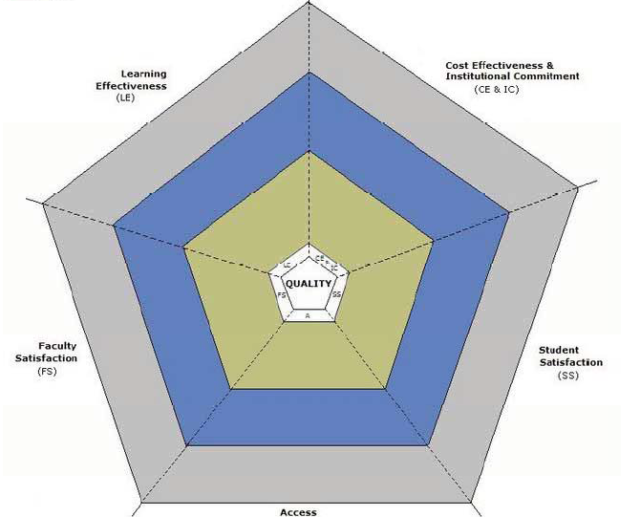Blended Learning Model to Improve Quality of Learning
Education industry has important role to improve the quality of human resources, so we have to improve quality of learning, especially learning process in university that can be modal for students in the future workplace. Several universities in Jakarta already implement teaching and learning method in conventional way (face to face) and e-learning. By using e –learning concept, students can access course material, information about academic operation, and have discussion in online discussion forum. E-learning can be extended as blended learning which is the combination about face to face learning method and online learning. E-learning is not only as supporting tools for face to face learning method, but blend into the whole course material schedule. The example use of blended learning in Binus University is the Guide Self Learning Class (GSLC) which is blend into course material session. Blended Learning can make learning process become more interactive, because students not only interact with another students and lecturer, but also can interact with company as university business partner in the discussion forum or face to face in an organized way.
Although most of university in Jakarta already use e-learning as supporting tools for teaching and learning process, but most of them still not implement blended learning because they don’t know the ideal model for blended learning. In this case, we have to identified the ideal model of blended learning and educate universities about that. According to Singh (2003), blended learning approach actually is the combination of synchronous learning and asynchronous learning from time and place combination, as follows :
- Same time and place (synchronous – physical)
- Same time, but different place (synchronous – virtual)
- Different time, but same place (asynchronous – physical)
- Different time and different place (asynchronous – virtual)
By using blended learning method, teaching and learning process will become to student centered learning, which is students affect the content, activity, materials, and speed of teaching and learning process. There are 5 pillars of effective blended learning according to “The Sloan-C” from Loumakis, Graham, & Ziuban, which are (1) learning effectiveness, (2) access, (3) cost effectiveness, (4) student satisfaction, and (5) faculty satisfaction. The schema from these pillars can be seen in table below :
Picture 1 .The Sloan-C
Source : (Loumakis, Graham, & Ziuban, 2008)”The Sloan-C Pillars and Boundary Objects as A Framework for Evaluating Blended Learning.”
References :
- Loumakis, M., Graham, C., & Ziuban, C. (2008). The SLOAN-C Pillars and Boundary Objects as a Framework for Evaluation Blended Learning. Journal of Asynchronous Learning Networks, Volume 13: Issue 1 , 75-87.
- Singh, H. (2003). Building Effective Blended Learning Programs. Educational Technology Journal, Vol. 43-No.6 , 51-54.


